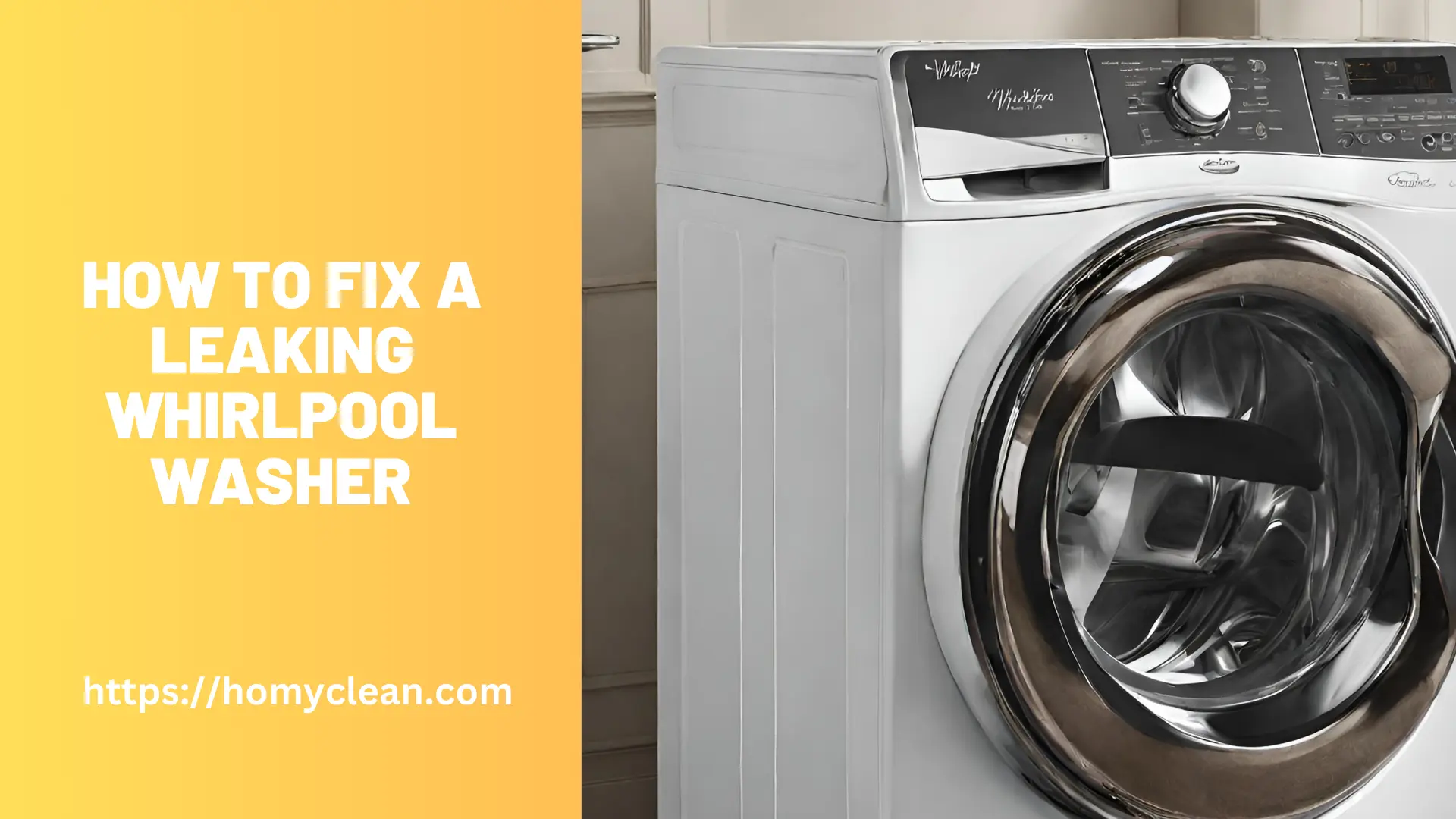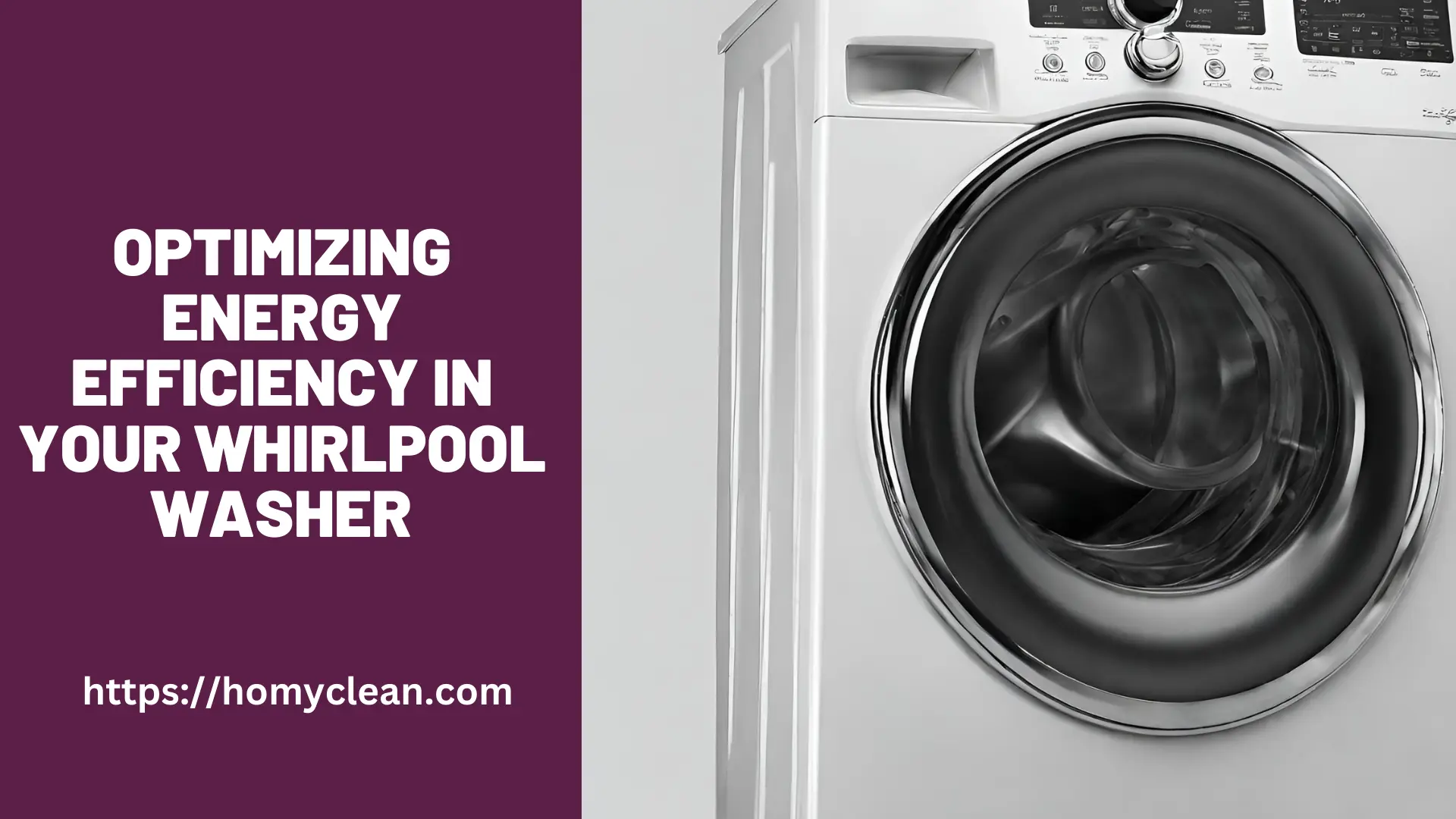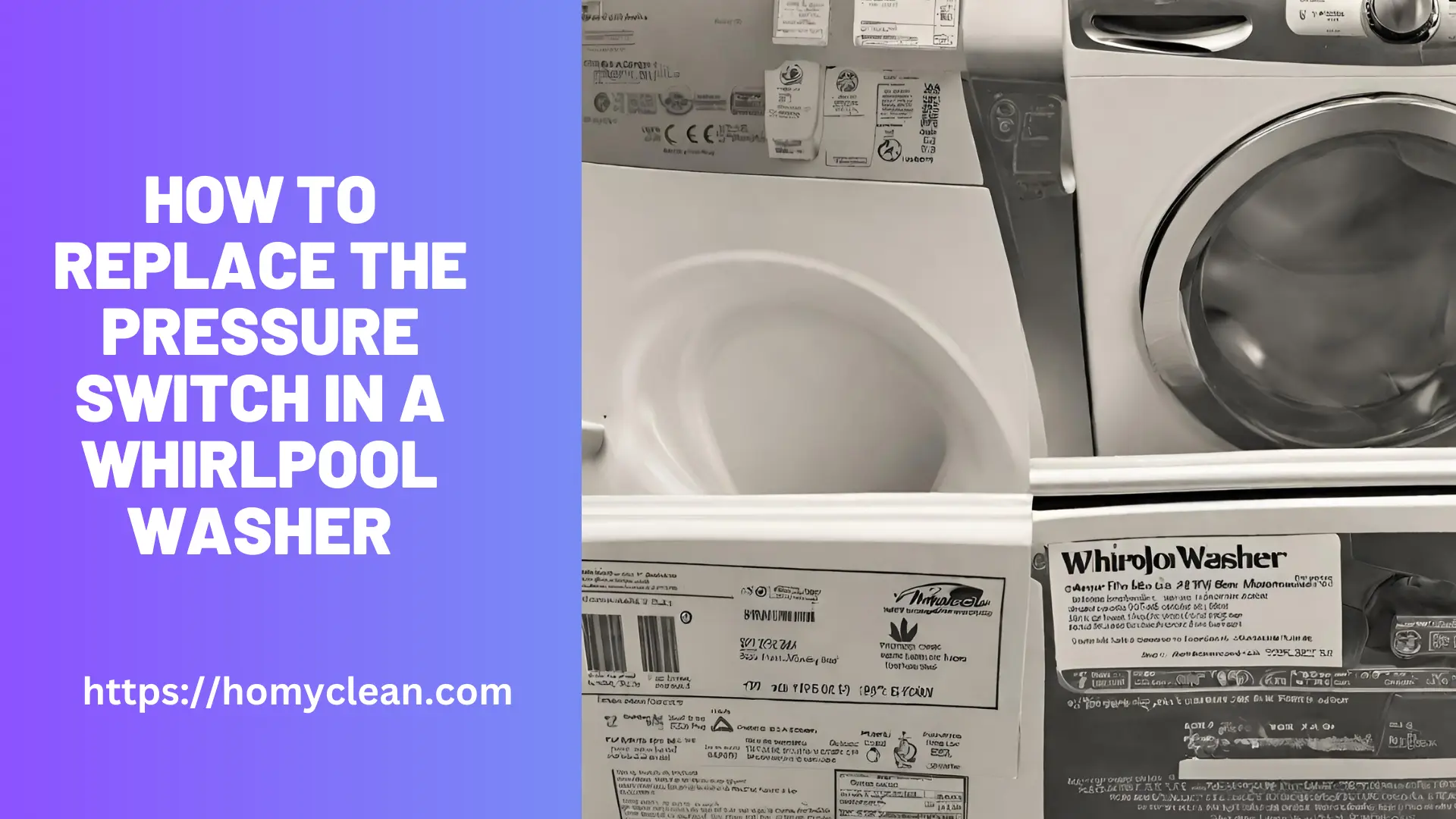Are you tired of stepping into your laundry room and discovering a puddle of water beneath your Whirlpool washer? A leaking washer can be a real headache, but don’t worry, you’re not alone. In this comprehensive guide, we’ll show you how to fix a leaking Whirlpool washer quickly and easily. No need to be a DIY expert – we’ll break it down in simple, straightforward terms.
Understanding the Whirlpool Washer Leak Dilemma
Your washer is a vital appliance, and when it leaks, it can disrupt your daily routine. But before we dive into the solutions, let’s first understand why your Whirlpool washer might be leaking. This will help you identify the root cause and take action.
Common Cause of Whirlpool Washer Leaks
- A worn-out or damaged door seal can allow water to escape during the wash cycle.
- they clog If the drain hose with debris, it can cause water to back up and spill onto your floor.
- Putting too many clothes in the washer can lead to an imbalance, resulting in leaks.
- The water inlet hose may become loose, causing water to leak out.
- Using too much detergent or the wrong type can lead to excessive suds and leaks.
- A cracked washer tub can allow water to escape during the cycle.
- the water inlet valve is damaged or malfunctioning, it can lead to leaks.
- If your washer is not level, it may cause water to pool in one area, leading to leaks.
Now that we’ve covered the common culprits, let’s delve into how to fix a leaking Whirlpool washer.
8 Solutions: How to Fix Leaking Whirlpool Washer
1. Inspect and Replace the Door Seal
If you suspect that the door seal is the source of the leak, start by inspecting it for any visible damage. Over time, wear and tear can cause cracks or deformities. To replace the door seal:
- Unplug the washer for safety.
- Remove the old seal by pulling it away from the door frame.
- Clean the area to ensure a proper seal for the new gasket.
- Install the new gasket by fitting it securely around the door frame.
- Plug in the washer and run a test cycle to ensure the leak is resolved.
2. Check and Clear the Drain Hose
A clogged drain hose can result in water spilling out during the wash or drain cycle. To fix this issue:
- Unplug the washer and move it away from the wall.
- Inspect the drain hose for any obstructions or kinks.
- Clear any debris or replace a damaged hose.
- Reconnect the hose and ensure it’s not kinked or twisted.
- Run a test cycle to confirm the leak is resolved.
3. Adjust Your Load Size
Overloading the washer can lead to an imbalance, causing leaks. To avoid this:
- Reduce your load size and make sure the clothes are evenly distributed in the drum.
- Use the appropriate setting for the type and size of the load.
4. Secure the Water Inlet Hose
If the water inlet hose is loose or damaged, follow these steps:
- Unplug the washer and shut off the water supply.
- Inspect the hose for damage or loose connections.
- Tighten any loose fittings and, if necessary, replace the hose.
- Turn the water supply back on and run a test cycle.
5. Proper Detergent Usage
Using the right detergent and the correct amount is crucial in preventing leaks:
- Read the washer’s manual to determine the appropriate detergent.
- Measure the detergent according to the guidelines provided.
- Avoid overloading with detergent, as excess suds can lead to leaks.
6. Examine the Washer Tub
If you suspect a cracked tub, you may need professional help to repair or replace it. A cracked tub can’t be easily fixed by the average homeowner.
7. Check the Water Inlet Valve
If you suspect the water inlet valve is the culprit, follow these steps:
- Unplug the washer and shut off the water supply.
- Inspect the valve for any visible damage or malfunction.
- Replace the valve if necessary.
- Turn the water supply back on and run a test cycle.
8. Ensure Proper Washer Placement
If your washer is not level, it can lead to water pooling in one area, causing leaks. To level your washer:
- Use a leveling tool to check the washer’s balance.
- Adjust the washer’s feet until it is level.
- Test the washer to ensure the leak is resolved.
People Also Visit
- Whirlpool Washer Drum Not Spin Freely
- Whirlpool Washer Keeps Overflowing
- How to Balance a Shaky Whirlpool Washing Machine
FAQs – Your Burning Questions Answered
Can I fix a leaking Whirlpool washer on my own?
Yes, many common washer leaks can be fixed by homeowners. We’ve provided step-by-step instructions to help you.
2. How do I prevent detergent-related leaks?
Use the right detergent for your washer and measure it correctly to avoid excessive suds.
3. My washer is still under warranty; can I get it fixed for free?
If your washer is under warranty, contact Whirlpool customer service for repair options.
4. Are there any safety precautions I should take before fixing my washer?
Always unplug your washer and shut off the water supply before attempting any repairs.
5. What tools do I need to fix a leaking washer?
You may need basic tools like a screwdriver, pliers, and a leveling tool, depending on the issue.
6. How do I clean a clogged drain hose?
Gently remove debris from the hose and consider using a pipe brush for a thorough clean.
7. Can I replace the washer’s door seal myself?
Yes, replacing a door seal is a DIY-friendly task if you follow our guide.
8. How often should I inspect my washer for leaks?
Regularly check for leaks during and after each use, and inspect the washer’s components periodically.
9. What if I notice a crack in the washer tub?
Cracked tubs usually require professional repair or replacement.
10. Why is leveling my washer important in preventing leaks?
A level washer ensures that water is evenly distributed, reducing the risk of leaks.
Conclusion
A leaking Whirlpool washer can be a nuisance, but with the right knowledge and tools, you can often resolve the issue yourself. By following our step-by-step guide, you can quickly identify the source of the leak and take appropriate action. Remember to unplug your washer and follow safety precautions, and you’ll have that leak fixed in no time. Say goodbye to puddles in your laundry room and hello to clean, dry floors!





